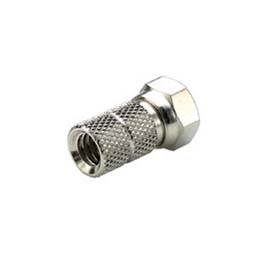Lýsing
Stefnuvirkt, mest 11 dB LTE. Þetta hentar vel þar sem að er lélegt netsamband. Tengist beint í router.
The XPOL-2-5G is Poynting’s third generation “V3” of this very popular Cross Polarised (XPOL), cellular band, 2×2 MIMO antenna. The antenna enclosure effectively looks the same as the second generation “V2” but has been completely redesigned on the inside. We have used advanced metamaterial technology, making use of Artificial Magnetic Conductors (AMC) and new registered/patent pending radiator configuration, which is proving to yield exceptional improvements in bandwidth and gain. Radiation patterns of this antenna are exceptionally well controlled, further adding to the performance of the antenna. The XPOL-2-5G antenna includes the newer 3400 – 3800 MHz bands, which were not previously covered by our V2 and is suitable for 2G, 3G, 4G & 5G. This antenna performs exceptionally well in the following frequency bands: 698 – 960MHz, 1700 – 2170MHz, 2300 – 2700MHz & 3400 – 3800MHz. In addition to the new bands, the gain in the 1700MHz and 2.7GHz is around 3dB higher than the “V2” over the same frequency bands! Our “V2” antenna already outperformed most competitors over these bands, so this substantial improvement in gain shows the benefits of the new advanced materials and novel radiator design. So, if it was a car, we installed an entirely new technology engine producing twice the power under the bonnet – it may look the same, but just wait until you turn the ignition on!
Videos, Case Studies and Related information on our XPOL-2:
Case Study: The XPOL-2 antenna connect a remote construction site
Case Study: The XPOL-2 antenna ensure connectivity at a remote industrial area
FAQ: How to orientate a directional LTE antenna (like the XPOL-2)
FAQ: How to install an LTE antenna (like the XPOL-2)
FAQ: Which Antenna Do I Use With My LTE Router? Omni Vs Directional Antenna
Video: Unboxing of XPOL-2
Video: Poynting MIMO LTE Antenna at -40 degrees C (A-XPOL-2)
Video: LTE speed tests using B593 router and XPOL-2
White Paper: Rural Wireless Connectivity – A Big Problem With A Simple Solution? – English









